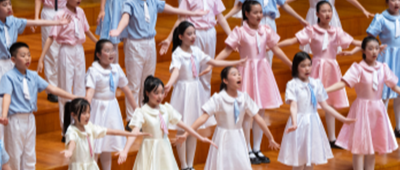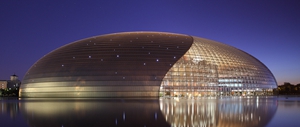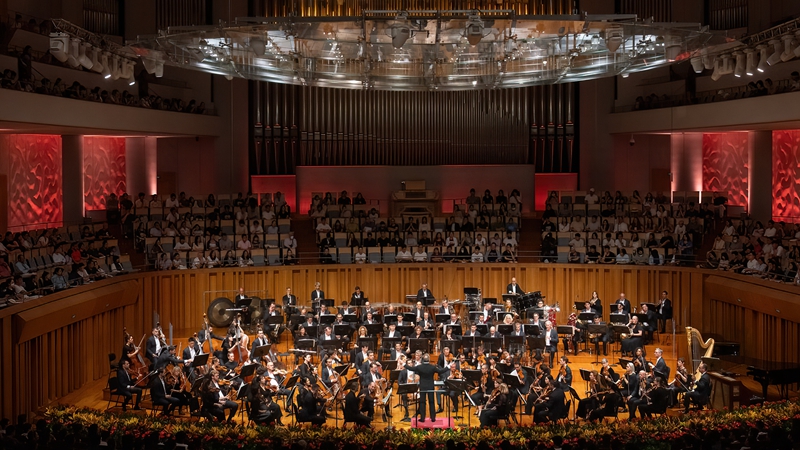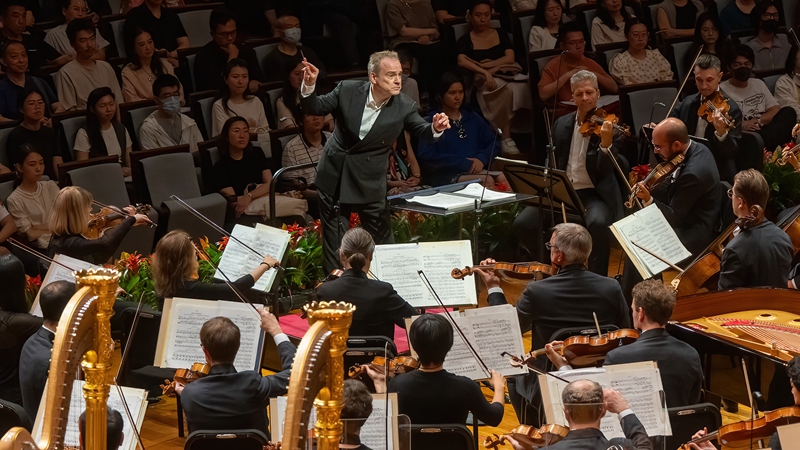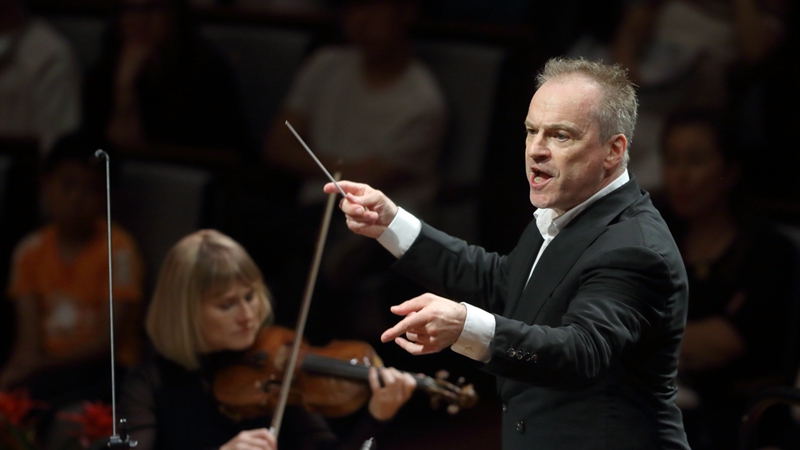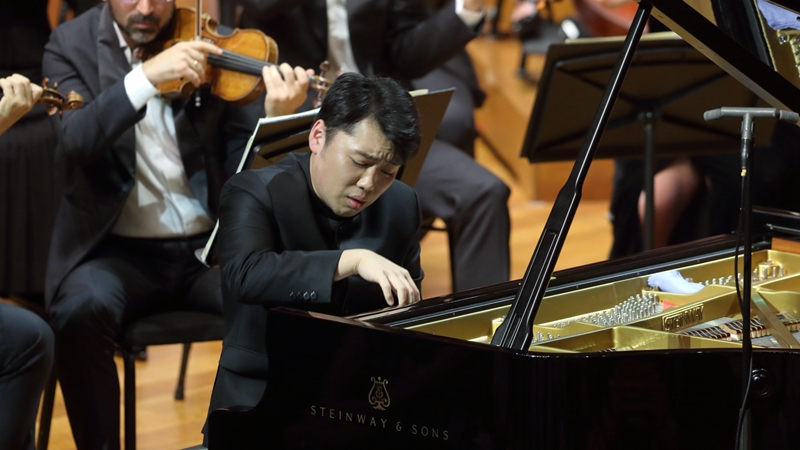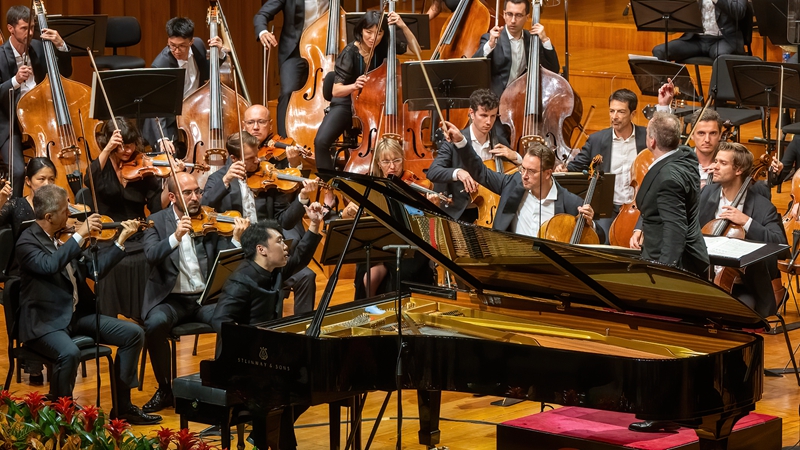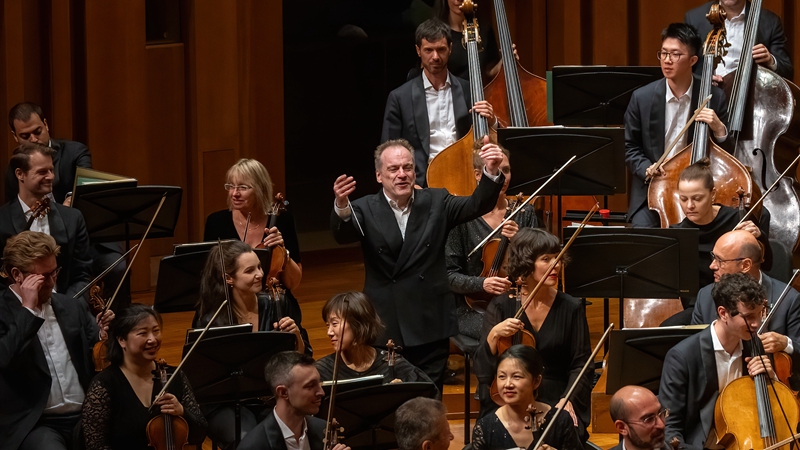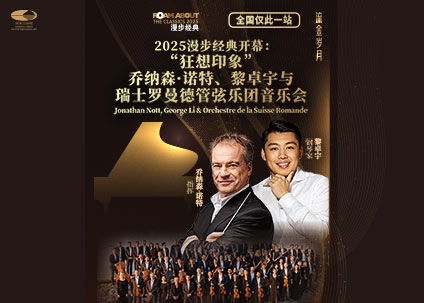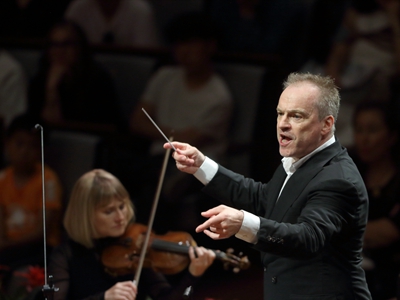On the evening of July 3
rd, the Orchestre de la Suisse Romande, under the baton of Maestro Jonathan Nott, opened the NCPA's "Roam about the Classics" concert series with Stravinsky's epochal
Petrouchka. From their first visit in 2016 to this year's celebration of the 75
th anniversary of diplomatic relations between China and Switzerland, the Orchestre de la Suisse Romande marked this long-awaited reunion with a masterful performance. That evening, through the 20
th century and Ravel's iconic piano concerto, the orchestra brought to the Chinese stage the rich musical tradition, blending the precision of German-Austrian styles with the vibrant colour of French music, offering the audience a symphonic feast of historical depth and artistry.
The century-old Orchestre de la Suisse Romande is based in the city of Geneva. The name "Romande" refers to a "French-speaking region" of Switzerland—an area that has historically been one of the country's most vibrant centers of musical activity. Founded in 1918, the orchestra was established by Ernest Ansermet, a close friend of composer Igor Stravinsky. Their profound connection lies at the very heart of this evening's performance.
In the 20
th century, Ansermet led the orchestra in the world premieres of a number of landmark works composed by Stravinsky, including
L'histoire du Soldat,
Pulcinella,
Le Chant du Rossignol and
Capriccio, bringing Stravinsky's Neoclassic style to the global stage. In the first half of the concert, the orchestra revived the grandeur of the original 1911 version of
Petrouchka: piercing melodic lines led by the clarinets, strings pulsing with surges of emotion, and brass weaving a tapestry of bustling marketplace. The piano's staccato high-register strikes became the very nerves and cries of the puppet Petrouchka, while the timpani's heartbeat-like blows pushed the dramatic tension to its limit. Under Jonathan Nott's baton, the orchestra peeled back the puppet's comic facade layer by layer, elevating this "puppet tragedy" into a deeply moving, humanistic narrative.
Ravel's Piano Concerto in G Major embodies the rich vocabulary of Impressionist piano writing, simultaneously a homage to the classical spirit of Mozart and Saint-Saëns, and a microcosm of 20th century musical transformation. Its technical innovations and cultural hybridity left a lasting impact on composers such as George Gershwin and Leonard Bernstein.
That evening, the appearance of Chinese-American pianist George Li, born in the 1990s, became another highlight of the concert.
In the first movement of the Piano Concerto in G Major, his effortless brilliance mastered the collision of jazz-infused scales and classical architecture. In the second movement, he transformed into a a poet of contemplation. The left-hand's long, lyrical lines—set against the orchestra's shimmering overtones—unfolded like ink washes on paper, evoking the Eastern "aesthetics of negative space", layering the music with nuanced emotion. This elegance extended into the third movement, beneath its relentless presto tempo, dense piano chords exploded with radiant brilliance. George Li's touch, infused with an Eastern sensibility, gave the rapid-fire passages a cool luminosity. His minimalist yet powerful use of the pedal revealed a striking symbiosis between the restraint of Eastern aesthetics and the vibrant pulse of Western urban passion.
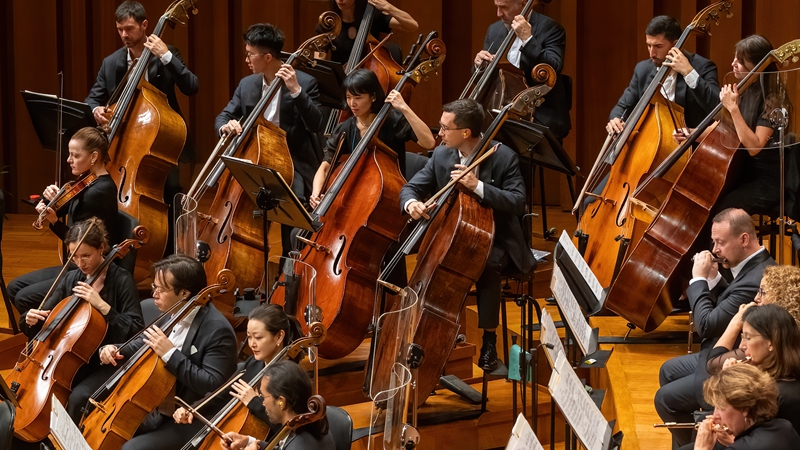
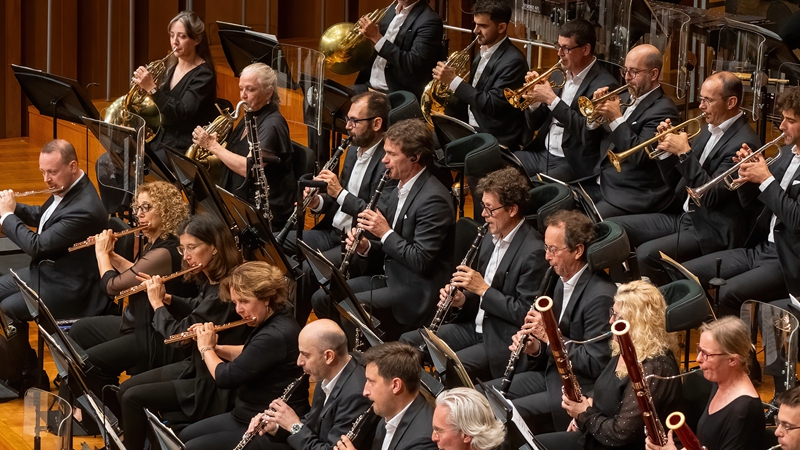
The second half of the concert unleashed the full force of the orchestra with The Rite of Spring. Devoted to "awakening the ancient bloodline", the conductor Nott meticulously shaped the piece's complex rhythms—double basses and bass drum pulsing with primal urgency, flutes and trumpets shrieking in the upper register—to recapture the raw, disruptive power that shook audiences at its 1913 premiere. As Nott remarked, both Petrushka and The Rite of Spring are filled with "explosive power". Their rhythmic complexity and shared intensity present a unique challenge. But for Nott, the most interesting part is how to tell these two stories well—how to effectively communicate what the music is saying. Given a good grasp of the narrative, he can bring out its colours. That, in turn, makes it easier to open a dialogue about what it means to be "human" and to "live".
When the final movement of "Sacrificial Dance" came to a close in a burst of cataclysmic sound, the hall erupted in thunderous applause. Under Nott's baton, the legacy of Ansermet—"mechanical in precision, fervent as ritual"—was carried forward across a century, blazing anew on the modern stage.
Following the opening concert, the "Roam about the Classics" 2025 series will run through July 30th. Over the span of 28 days, ten top-tier ensembles from China and abroad will take turns on stage, presenting a total of 13 concerts in a wide range of musical style. Renowned groups such as the Philharmonisches Staatsorchester Hamburg, China National Opera House Symphony Orchestra, China NCPA Orchestra, China Conservatory of Music Chinese Orchestra, National Ballet of China Symphony Orchestra, Tianjin Symphony Orchestra, Beijing Chinese Orchestra, Matrix Saxophone Ensemble and National Youth Orchestra of the United States of America will all be featured in this rich and diverse series.
 Repertoire
Repertoire
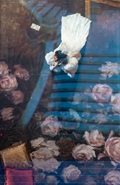 Films
Films
 Videos
Videos
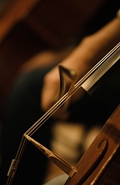 Podcast
Podcast
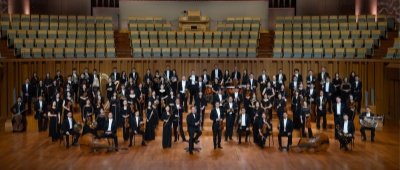 China NCPA Orchestra
China NCPA Orchestra
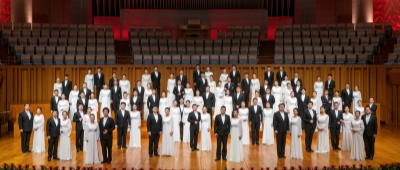 China NCPA Chorus
China NCPA Chorus
 NCPA Resident Singers
NCPA Resident Singers
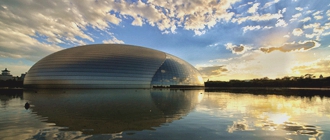 Buildings
Exhibitions
Buildings
Exhibitions
 Opening Hours
Services
Opening Hours
Services
 Western Cuisine
NCPA Café
Arts Gifts
Western Cuisine
NCPA Café
Arts Gifts








